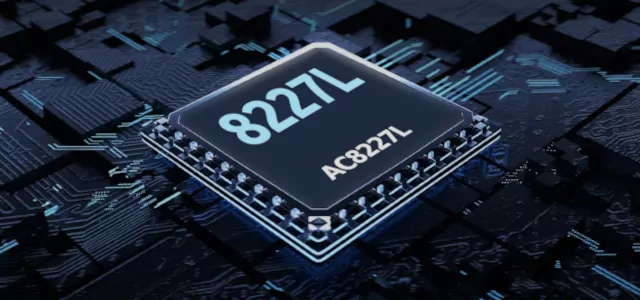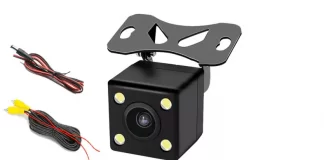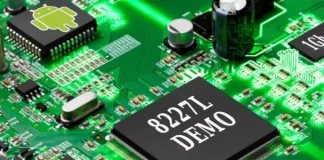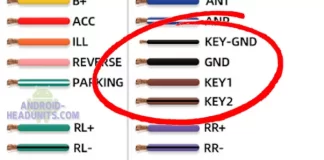(including all the ALPS DEMO Processors)
The MTK8227L. MT8227L and the AC8227L processors have the same cores in many Android headunits.
Some questions should be asked before buying an Android headunit…..
Some of them are answered here.
8227L Questions
Is the 8227L a good processor for an android head unit?
Is the 8227L a fast processor?
No. The 8227L is a very slow processor by modern standards and uses.
Is the 8227L_ALPS_DEMO android head unit a good buy?
No. The 8227L_ALPS_DEMO head unit is not considered a good buy, and they are very slow and unsuitable for modern in-car use. There are much faster Android head units available.
Is the 8227L Processor a quad-core?
Can I add more RAM to my 8227L?
No, you can not add more RAM to an Android head unit.
The 8227L
The 8227L has to be the highest-selling and most installed SoC processor in an Android headunit. Since 2014, these quad-cores have been selling today, which is coming up to 10 years.
How is it still so popular?
This is down to the The very low cost and lack of understanding of its poor capabilities.
The cost of production is very, very low compared with buying, say, UIS7862 chips. The designs are cheap. Usually, the most inexpensive components go into an 8227L_Demo head unit, and every corner is cut. Very cheap head units can be produced based on the 8227L platform, and affordable Chinese head units, even if obsolete, sell well.
Specifications of the 8227L Processor
The 8227L is a highly Integrated In-Vehicle Infotainment SoC based on a quad-core architecture.
The 4 cores comprise 4 ARM Cortex-A7 MPCore employing Armv7-A architecture, giving a 32-bit capability.
8227L SoC has an operating speed of up to 1.3 GHz
A multi-standard video-accelerator is included in the chip to assist 2D and video playback along with the ARM NEON multimedia processing engine with SIMD (Single Instruction, Multiple Data, parallel processing commands) and VFP (Floating Point co-processor) all help bring out the highest performance from the four 1.3 GHz cores.
8227L RAM
The 8227L processor databus is 32-bits wide, meaning it can address a maximum of 2 GB RAM.
RAM type supported is DDR3/L.
Early days
Early 8227L-based boards and today’s absolute bargain basement Android headunits may only be fitted with a 1 GB RAM chip, and this is a cost-saving too far now that the RAM price is low. The 1 GB RAM was often faked to show 2 GB RAM, and this was to mislead the buyer and ensure obsolete stock was moved to unsuspecting customers.
8227L USB
The 8227L SoC has USB2 support. USB is one of the main features for connecting virtually every addon to an Android headunit.
The USB2.0 is high-speed dual mode and supports 8 Tx (Transmission) and 8 Rx (Reception) endpoints.
Screen Output and Graphics
AC8227L includes an LVDS (Low-voltage Differential Signalling) Tx single link up to a resolution of 1280*800
- Support for CVBS_IN and CVBS_OUT
- OpenGL ES1.1/2.0 and Mali 450 Quad Core
- OpenVG 1.1 vector graphic accelerator
History of the DEMO
8227L Demo reference designs were produced, and some demo boards were made to promote and sell the new 8227L used for an Android head unit. Providing reference designs, demo software, and working demo hardware is used by system manufacturers to ease system builders into using their products. The barrier to entry is very low when a functional design exists. Along with all the firmware that requires a few branding adjustments and a plastic case sourced, it is time to go to market.
Why re-invent the (demo) wheel? There was no need to change the demo software that functioned in the final production devices. There was no need to rewrite any code because Android was easily customized; the MCU and SoC did their job well. 8227L_ALPS_DEMO and 8227L_DEMO are just throwbacks from the early demo boards used to draw the system builders to use the designs that needed those chips.








Thank you for this info. I bought an Android Unit with MTK8227L Processor to my dismay it says 2GB 32G to my dismay it is not, according to your write up. The device is actually slow but workable.
Anyway, it runs on Android 12 but I cannot run Google Assistant on it. I’m not sure if it can.
MTK8227L can not run Android 12. See https://android-headunits.com/spotting-the-future-fakes/
What is a good budget android car head unit.
I have zxdz 01 ac8227l screen…. I cant get car setting factory password please
https://android-headunits.com/pin-codes-for-android-headunit/